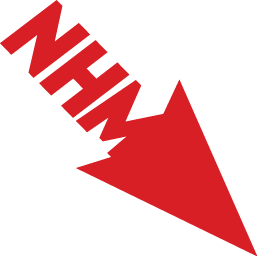“Aquifer Defenders: Learning from Waadookawaad Amikwag,” an event exploring how Indigenous knowledge and Western science can be mobilized to halt the destruction caused by pipelines, stop future projects, and protect the land and water for future generations––in Minnesota and beyond. Highlighting the work of Waadookawaad Amikwag (“Those Who Help Beaver”), a diverse community group of water protectors, scientists, drone pilots, field monitors, and grassroots organizers that is gathering and interpreting evidence of environmental destruction from the Enbridge Line 3 pipeline, expanded in 2021 after a decade of Native-led resistance, this Zoom Webinar explores the group’s their troubling findings, including aquifer breaches, lack of tribal consultations, and inadequate state regulation enforcement.
SPEAKERS
* Victoria M.L. McMillen (Migizi Clan, Anishinaabeg Nagachiwaanong): Cultural and traditional Ecological knowledge carrier, volunteer with Waadookawaad Amikwag
* Jami Gaither: Metallurgical engineer and founding member of Waadookawaad Amikwag
* Jeff Broberg: Geologist and founding member of Minnesota Well Owners Organization (MNWOO) and Waadookawaad Amikwag
* Kai Bosworth: Critical Geographer and Red Natural History Fellow
******
Held on August 1, 2024, this webinar was curated by Kai Bosworth as part of “Natural History for a World in Crisis,” a virtual programming series organized by Red Natural History Fellows with The Natural History Museum. Made possible with support from the Henry Luce Foundation, Hewlett Foundation and 4Culture.
******
Check out resources and other material from Wadookawaad Amikwag on the group’s website: https://waadookawaadamikwag.org
